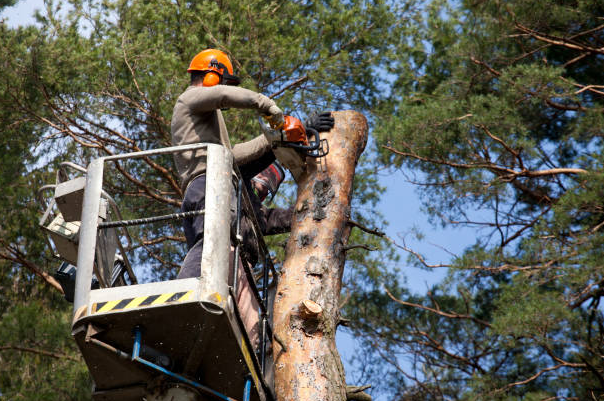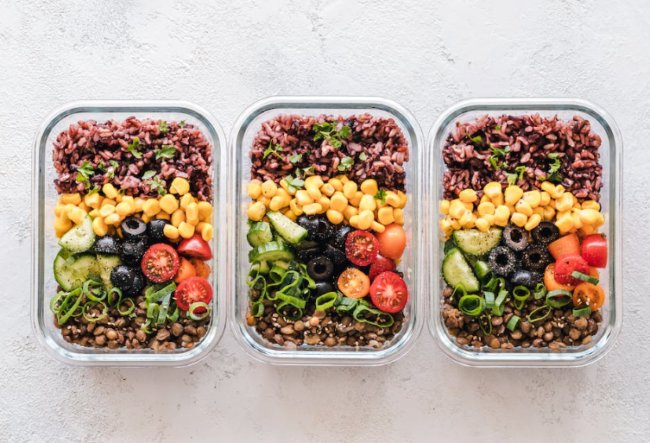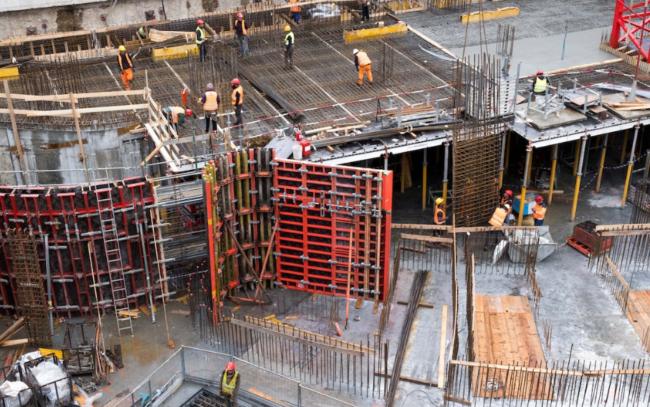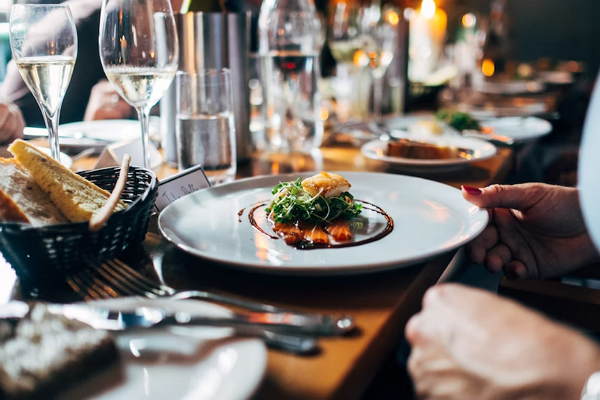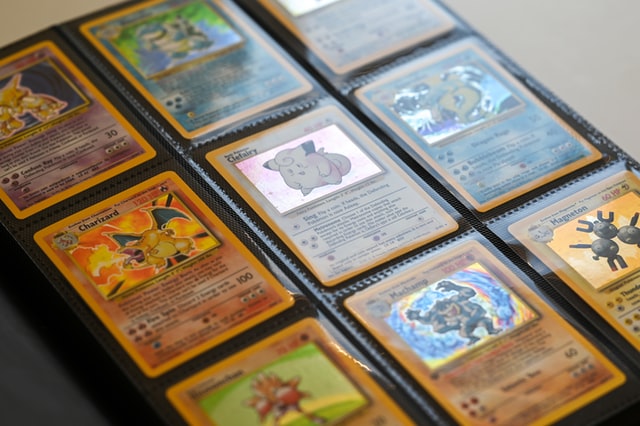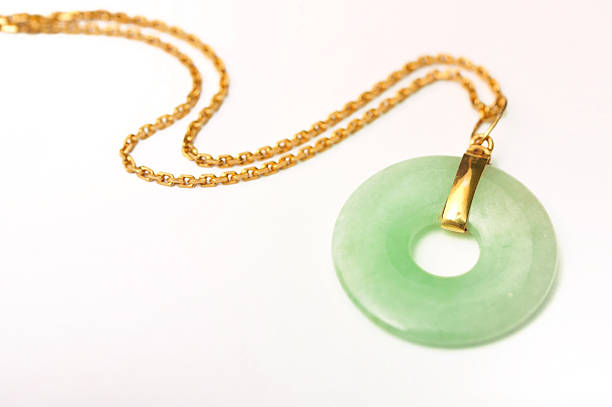Finding the ideal arborist is a crucial task for maintaining the health and aesthetics of your trees and garden. An arborist, or tree expert, plays a pivotal role in arboriculture, which involves the care and management of trees.
From pruning and disease management to tree removal, selecting a competent arborist is vital. Here are nine essential tips to guide you in choosing the right professional for your tree care needs.
- Check Professional Credentials
It’s essential to verify the arborist’s credentials. Look for certifications from bodies like the International Society of Arboriculture (ISA), which signify adherence to the industry’s standards and a commitment to professionalism. The ISA certification process tests knowledge on topics like tree biology, diagnosis, maintenance, and safety.
- Ensure Adequate Insurance
Always ensure that the arborist has proper liability and worker’s compensation insurance. This step is crucial for your protection against potential accidents or property damage. Ask for proof of current insurance for full coverage.
- Seek Recommendations and Reviews
Feedback from previous clients can be incredibly insightful. Ask the arborist for references and read online reviews to gauge their reputation and quality of work. Also check for customer testimonials on their website for transparent assessments.
- Request a Comprehensive Quote
Obtain a detailed quote that outlines the scope of work, timeframe, and costs. Transparency in pricing helps avoid unexpected expenses. Ensure the quote covers additional services like clean-up and material removal after tree trimming or removal.
- Understand Their Tree Care Philosophy
An arborist’s approach to tree care should be grounded in scientific methods and best practices. Be cautious of those who recommend excessive pruning or unnecessary tree removals. Ask how they make tree care recommendations to align with certified arboriculture standards.
- Explore the Range of Services
Consider arborists who offer a broad spectrum of services, encompassing everything from planting to disease management. A versatile expert can be a valuable asset for ongoing tree maintenance. Look for arborists trained in specialised techniques like cabling/bracing for added tree support when needed.
- Assess Communication Skills
Effective communication and customer service are crucial. A good arborist should be responsive to your queries and able to provide clear, understandable advice. Ensure they take time to listen to your tree concerns and explain their solutions in a friendly yet professional way.
- Value Local Experience
An arborist familiar with local environmental conditions and challenges can offer more targeted and effective tree care solutions. Ask candidates specifically how long they have been servicing clients in your city and neighbourhood.
- Prioritise Safety and Equipment Standards
A professional arborist prioritises safety and uses well-maintained equipment. This commitment to safety is essential for efficient and risk-free tree care services. Inquire about safety protocols, equipment inspection, and crew training to uphold accident prevention standards.
Your Path to Healthy Trees
Selecting the right arborist is a decision that profoundly affects the wellbeing of your trees and property. By incorporating these tips, you can identify a professional who offers expert tree care services tailored to your needs. Remember, a qualified arborist combines knowledge, experience, and dedication to ensure the health and longevity of your trees.
In your journey to maintain healthy trees, it’s also helpful to understand common tree diseases and their treatments. For more information, you might find the topic of tree disease identification and management relevant and useful.
By choosing an arborist who aligns with these guidelines, you are taking a significant step towards ensuring the vibrancy and safety of your green space.
